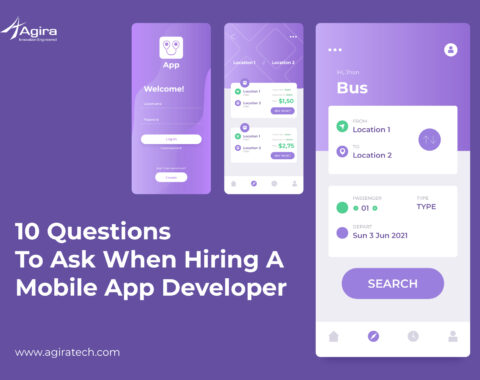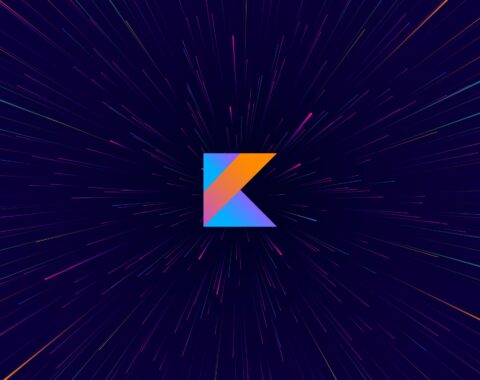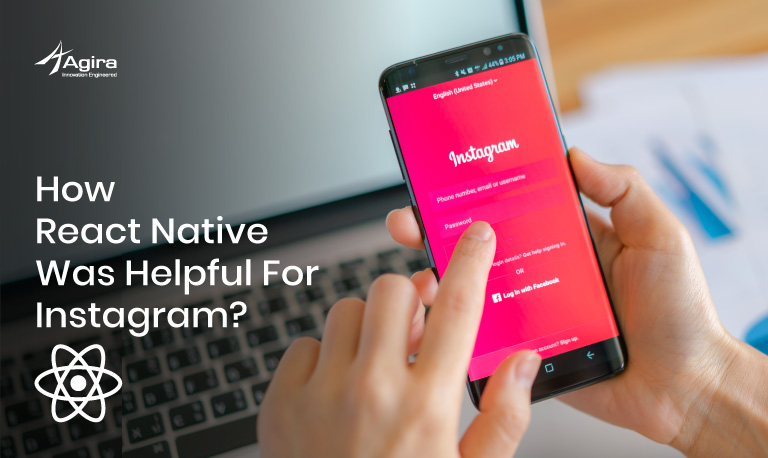We do hit many exciting ideas every day. The prospect will be looking very promising. The domain expertise of the idea owner will be very impressive. Still, the “Idea” is not completely validated. The discussion looks good on paper. But the real word implementation may have some surprises. This category of “Ideas” won’t fit directly for a Minimum Viable Product. So in this scenario, we used to take up the “Prototype” route.
Without building the MVP, the more natural way of explaining the functionalities is to construct a Prototype. We would say a Prototype would be a good candidate, which plays a role in between HTML (full design) & building a working MVP.
There are few variations in the way prototype is constricted for web and mobile applications. That would be technical to discuss, so am limiting this blog to understand the necessity of “Prototyping” than debating on how to build a Prototype.
A Prototype has to follow three fundamental rules:
1) Shorter Development Cycle
2) Quicker Feed Back Cycle
3) Iterate and Fix up the “Ideation” better
These three points and self-explanatory, Ensuring to stick to these three points will help the team to achieve the real goal of the prototyping phase.
Prototype helps out the idea owners, development team and the stakeholders in the following areas:
1) Visualize the Idea: More than the HTML; the business flows, and to have a better view of related business components; the application prototypes comes very handily.
2) Test Quick: The components under preview will have definite boundaries. These boundaries will reflect the clear distinction between business functions. So this scenario will help to test the business components quick and accurate.
3) Real Feedback: Any “Feedback/Improvements” will be captured earlier than later. These feedback’s will help not only to improve the application but even on the business functionalities. The shorter and quicker feedback will help to iterate for better results.
4) Save Time & Money: One of the real RoI of having a prototype phase is to save time & money. These are tangible benefit any team would enjoy during Idealization and later on the product development.
5) Improved Business Target: If the prototype built indicates or demands any changes on the “Business Target,” it the best time to correct the same. The improved Business Target would help a lot during the later phases of product development.

But again, as of any software product development, defining a boundary for prototyping is a skill. We should never over-do, or reinvent the wheel for squeezed requirements. Planned prototyping would be a critical phase in Idea Validation. These prototypes give enormous confidence to the stakeholders and the development team.
A well-built prototype acts as a catalyst for investment rounds too than holding an HTML or building MVP’s. People believe in what they see. A prototype helps to showcase the idea in the much better way.
Start building your app with Agira Technologies, One of the fastest growing technology company specializes in crafting solutions for entrepreneurs, medium sized organizations and start-ups.










